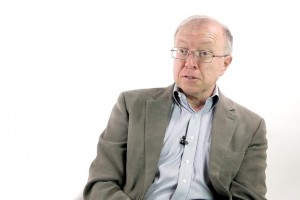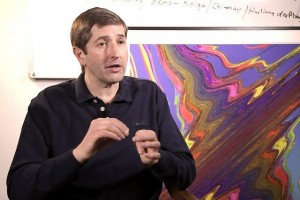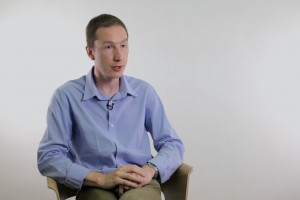The Stability of the Solar System
Institute for Advanced Study Prof. Scott Tremaine on the universal law of gravity, predictability and chaos in...
In which cases vacuum quantum fluctuations can affect experiments? What is the source of noise in cavity optomechanics experiments? How to use conjunction between phase and amplitude to lower noise?
These and other questions are answered by Curtis and Kathleen Marble Professor at Department of Astrophysics at Massachusetts Institute of Technology, Nergis Mavalvala.
Many other research groups are pursuing these ideas of cavity optomechanics, the mirror may be a little nanomechanical structure, little flexure that is free to vibrate and those have a resonant frequencies around gigahertz. Then there’s a whole range of experiments in this field, where, you know, the LIGO mirrors are the biggest and slowest, they’re kilograms in mass and hertz resonators down to sort of picogram mass gigahertz resonators in the nanomechanical world. And the thing that unites all of these experiments is that in each and every case we’re trying to couple the mechanical motion of the mirror and the light.
A squeezed state of light is a state of light, where you can actually make the noise or the uncertainty in one variable, for example, the amplitude variable small, at the same time making the uncertainty in the conjugate variable, which is phase, larger, so that their product is still preserved. The product must be preserved to not violate Heisenberg. So how can we now use the optomechanics coupling to do that? Well, here is the idea: to make this kind of amplitude-noise small, phase-noise large or vice versa system the thing you need is you need to correlate the amplitude and the phase fluctuations.
Thermodynamics tells us every mechanical degree of freedom have kT of energy, where k is the Boltzmann constant and T is temperature. So whenever you have an oscillator at some finite temperature, it has motion that is due to those thermally-driven fluctuations. And if you look at the greatest challenges to these cavity optomechanics experiments, it largely lies in how to get to the optomechanical couplings to dominate over these thermally-driven fluctuations of the mirrors. And it’s certainly an experimental challenge, but also a rather intriguing and important theoretical challenge, because it’s a very active and vibrant area of research to try to understand what processes give rise to these thermal fluctuations and how can we go about reducing them.

Institute for Advanced Study Prof. Scott Tremaine on the universal law of gravity, predictability and chaos in...

Harvard Lecturer Ronald Walsworth on net magnetization, nonradioactive isotopes of noble gases, and naturally ...

Physicist Xavier Bekaert on angular momentum, quantum tops, and supergravity